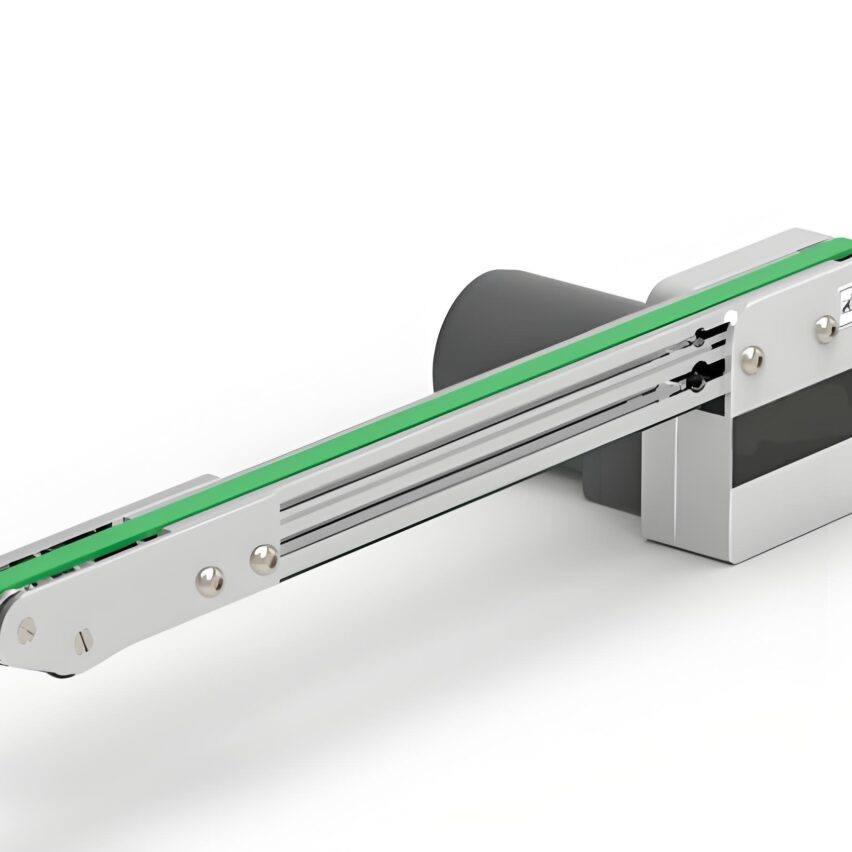Why do electricity bills always exceed the limit? High voltage transmission saves30% lossThe Loss Reduction Tips
As electricity travels across hundreds of kilometres of the grid, losses due to the heating of wires can account for up to15%-30%. And high voltage transmission technology raises the 220V household voltage by increasing the voltage level of the220kV or even 1000kV extra high voltageThis makes it possible to reduce the current intensity significantly - which is the core logic of its energy efficiency.
I. The physical nature of high voltage loss reduction.The game of current squared versus resistance
-The Achilles heel of Joule's law: The power loss from heat loss in electrical wires follows the formulaP loss = I²R. When the current I is halved, the power loss will plummet to1/4 of the original value.
-A clever conversion for power conservation: According to P = UI, when the same power is delivered, the voltage U is increased by a factor of 10, and the current I is decreased to1/10The power loss is then reduced to1/100.
case (law): The 1000kV UHV line from Three Gorges to Shanghai compresses current from 5000A to 500A, saving electricity annually.Equivalent to the monthly electricity consumption of 2 million households.
II. Golden mean of voltage levels.Not the higher the better
Blindly increasing the voltage can lead to soaring insulation costs. In practice it needs to be matched precisely by distance:
| transmission distance | Economic voltage level | Typical loss rate |
|---|---|---|
| Within 50 kilometres | 35kV | 8%-12% |
| 100 kilometres | 110kV | 5%-8% |
| 300 kilometres | 220kV | 3%-5% |
| 1000 kilometres + | 1000kV Extra High Voltage | <3% |
III. Key technological breakthroughs.From wire materials to intelligent monitoring
1.Lead Structure Revolution
-Split wire technology: 500kV line with 4-split conductors (4 thin conductors in parallel), resistance reduction40%Corona Loss Reduction 60%
-Carbon fibre composite coreReplaces traditional steel-core aluminium stranded wire with 2 times higher strength and 15% lower resistivity.
2.Dynamic reactive power compensation device
Retrofitting of substationsSVG Static Reactive GeneratorThe power grid is automatically adjusted to balance the capacitance/inductance of the grid. Henan power grid renovation after line loss rate straight down2.1 percentage points
3.Laser de-icing + distributed temperature measurement
- Heavier ice cover can lead to broken wires: laser de-icing vehicles canClear 5 kilometres of line ice in 30 minutes
- Cables with built-in fibre optic sensors, temperature difference over2°C automatic alarm
IV. A guide for novices to avoid the pit.High voltage ≠ universal, 3 types of scenes with caution
- Short distance transmission(<10 kilometres):
220V direct supply is more economical, the cost of boosting equipment exceeds the cost of losses. - chemical corrosion zone::
prioritiseYJLV22 corrosion-resistant cableAvoiding corrosion and breakage of steel-core aluminium stranded wires - hyper-dense urban area::
Underground cable + intelligent voltage regulator combination than pure high voltage overhead lineLow failure rate 57%
The future is here.Disruptive breakthrough in superconducting cables
Commissioned in Changshu, Jiangsu Province1.2 kilometres of superconducting cableThe newest version of the product is the -200°C liquid nitrogen version.zero resistance transmission (ZRT). Experimental data show that: under the same transmission capacity, the loss is only the conventional line of1/10. Although not yet commercially available on a large scale, it shows the ultimate direction for grid energy efficiency.
Grid engineers say bluntly, "Minimum wastage ≠ optimal cost. The Qinghai PV base uses 220kV rather than 500kV simply because the cost of erecting wires on the Gobi Beach burns more money than power losses."
: Principles of Loss Reduction and Distance Voltage Matching in High Voltage Transmission
: Application of Joule's law to high-voltage power transmission
:: Selection and economics of voltage levels for different distances
: Physical mechanisms of resistance/inductance losses
: Conductor Materials and Compensation Technology Practice
: Advances in Superconducting Cables and Intelligent Monitoring
: Detailed formula for calculating line loss
: Loss Reduction Cases in UHV Projects
: Carbon fibre and superconductivity breakthroughs













